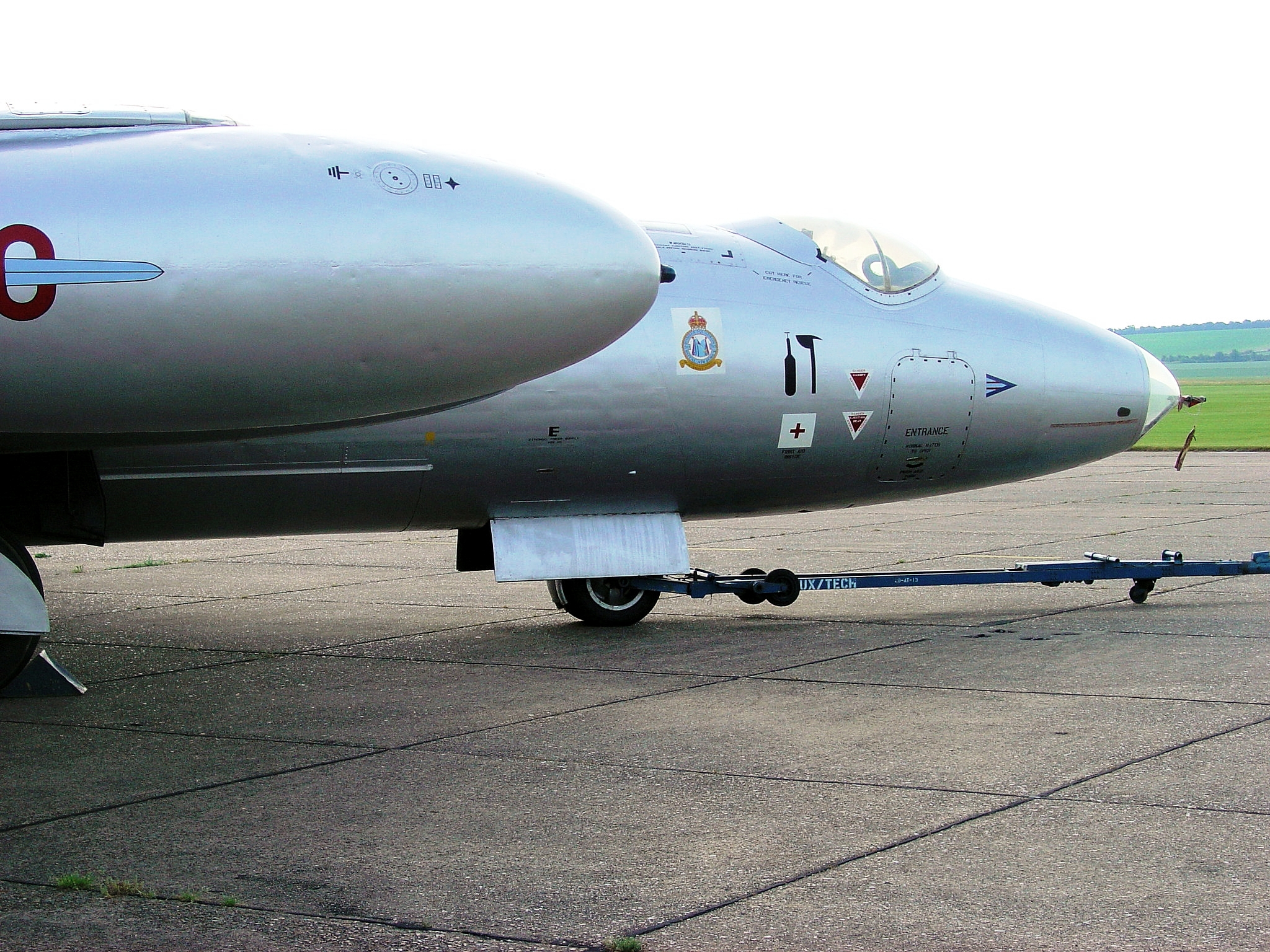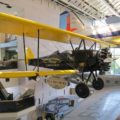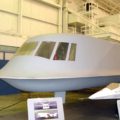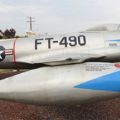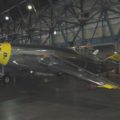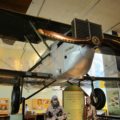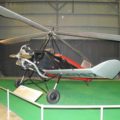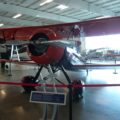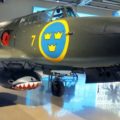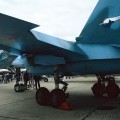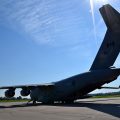Fotogalerii Inglise Elektriline Canberra Mk.20,
The English Electric Canberra is a British first-generation jet-powered medium bomber that was manufactured during the 1950s. It was developed by English Electric during the mid-to-late 1940s in response to a 1944 Air Ministry requirement for a successor to the wartime de Havilland Mosquito fast-bomber; amongst the performance requirements for the type was the demand for an outstanding high altitude bombing capability in addition to flying at high speeds, these were partly accomplished by making use of newly-developed jet propulsion technology. When the Canberra was introduced to service with the Royal Air Force (RAF), the type’s first operator, in May 1951, it became the service’s first jet-powered bomber aircraft.
Allikas: Inglise elektriline Canberra Mk.20 Vikis
Lisainfo:
The English Electric Canberra is a British first-generation jet-powered medium bomber that was manufactured during the 1950s. It was developed by English Electric during the mid-to-late 1940s in response to a 1944 Air Ministry requirement for a successor to the wartime de Havilland Mosquito fast bomber. Among the performance requirements for the type was the demand for an outstanding high-altitude bombing capability and high speed. These were partly accomplished by making use of newly developed jet propulsion technology. When the Canberra was introduced to service with the Royal Air Force (RAF), the type’s first operator, in May 1951, it became the service’s first jet-powered bomber.
The Canberra had a long service life, serving for more than 50 years with many air forces. In addition to being a tactical nuclear strike aircraft, the Canberra proved to be highly adaptable, serving in varied roles such as tactical bombing and photographic and electronic reconnaissance. The type was also licence-produced in Australia by the Government Aircraft Factories and in the US by Martin as the B-57 Canberra. The Canberra was retired from RAF service in 2006, having been replaced by the Panavia Tornado and the Eurofighter Typhoon. The last operator of the type was the Indian Air Force, which retired its last Canberras in 2007.
